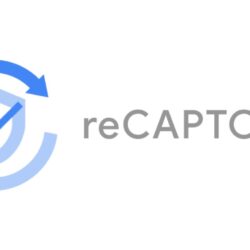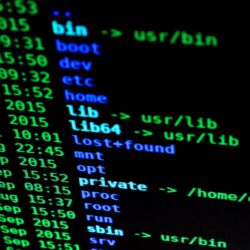Google’s ReCaptcha is and has been the most popular Captcha test online for many years. It’s long been considered the best of its kind; it uses simple visual and written tests to verify whether a user is human. This is done to protect data from bots, machine learning, and AI that might lead to …
mfa
How Photolok is an Innovative & AI-Proof Passwordless IdP Solution
By Chuck Brooks Traditionally, strong passwords have been a first-tier defense against cyber-attacks and breaches. However, with the development of AI and ML tools, the effectiveness of cyber-defense has been thoroughly diminished, especially from more sophisticated cyber actors who use AI/ML …
[Read more...] about How Photolok is an Innovative & AI-Proof Passwordless IdP Solution
How Multi-Factor Authentication (MFA) Affects Cybersecurity
Is Multi-Factor Authentication (MFA) a Critical Part of Cybersecurity? Cybersecurity is a major focus for individuals and businesses in the modern world. Because most of our infrastructure runs through the Internet, we need reliable ways to ensure that what belongs to us stays with us and doesn’t …
[Read more...] about How Multi-Factor Authentication (MFA) Affects Cybersecurity
Multi-Factor Authentication (MFA) Vs. Single Sign On – Which is Safer?
Cybersecurity is a complex industry that’s become essential for everyone who accesses the internet on a regular basis. We have accounts for everything now, from online shopping to banking to government applications, so how can we be sure that our information stays out of the hands of people who …
[Read more...] about Multi-Factor Authentication (MFA) Vs. Single Sign On – Which is Safer?



